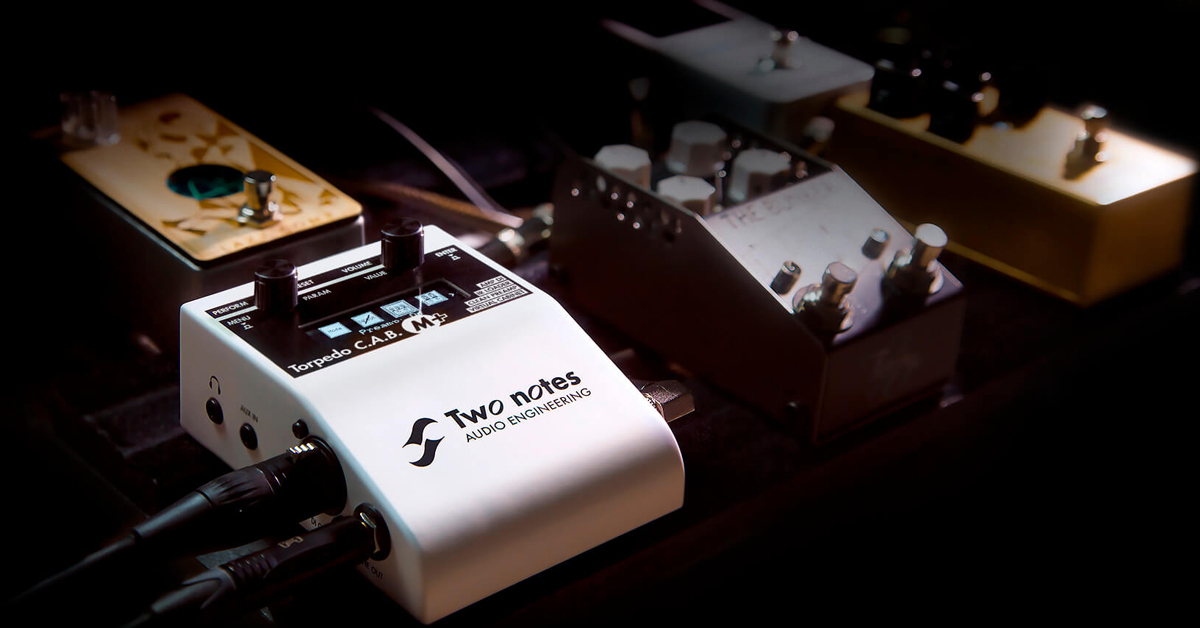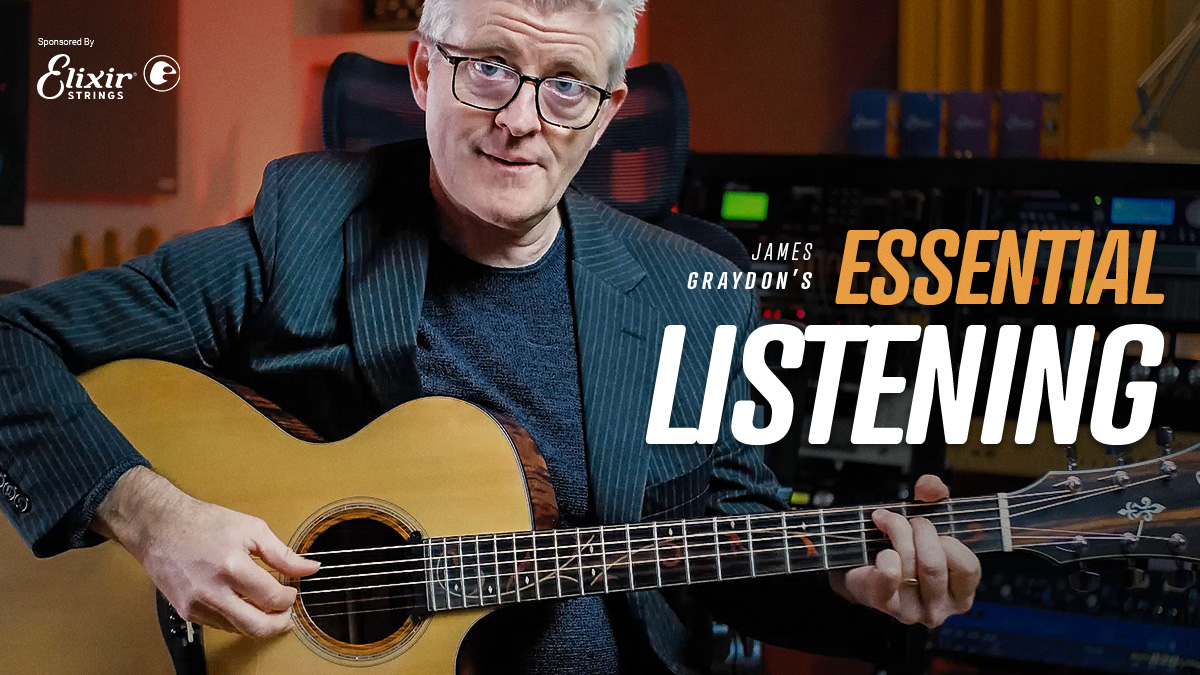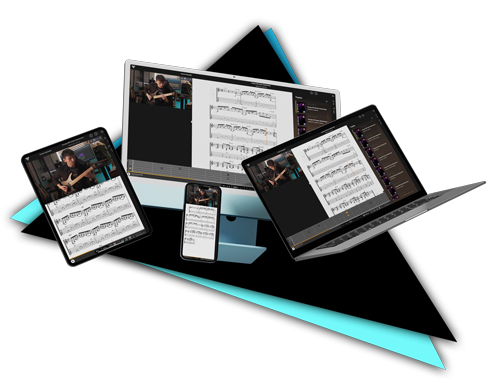
Signal chains have become a big part of modern guitar talk. Essentially a map of all the gear used to get the end tone.
But of course, there is more to it than that, so we followed up our How to build the ultimate fly rig Q&A and once again spoke to our man at Two notes. This time it’s all about tone!
Over to you, Ross Davies!
What do you mean by signal chain?
When you’re building your rig, the signal chain refers to every component used to produce the resultant guitar or bass tone.
Whether it’s an amp/preamp, a drive pedal, a reverb unit or a digital cabinet simulator, the components included - and their order - create your rig’s signal chain.
What are the principal differences between analogue and digital components?
Ultimately, it all comes down to how your audio signal is processed. In analogue tech, information is translated into electric pulses of varying amplitude. In contrast, digital technology uses bits coded in binary format (zero or one) meaning each bit is representative of two distinct amplitudes.
The differences between these technology platforms mean that it’s good to have an understanding of where you want analogue and digital components in your chain.
For example, when it comes to preamps and amplifiers, there is a trend towards analogue technology for the feel, response and the all-important foundation tone. Units like the Two notes’ ReVolt Series offer a great 200V tube-powered amp sim solution that’s ripe for anything from a sublime clean to a full-throttle onslaught; when paired with digital spacial FX (for example the iconic Strymon BlueSky Reverb) inserted in the effects loop, you have the power and unmatched scope of a digital verb to supplement the organic foundation tone from the all-analogue amp sim.
Add a digital cabinet emulator (like the C.A.B. M+) to this hypothetical rig, and the tonal possibilities are virtually unlimited.
When comparing this system to its physical world counterpart, you would need a large space to play/record in as well as an immense cabinet and mic collection to achieve a similar sound.
How do you build a signal chain?
Well, the first question you should ask yourself is “What do you want in your signal chain”?
Do you want to use a traditional amp and cab setup? If so, these will need to form the central component of your signal chain! You may want to consider front-loading your amp with drive and distortion pedals (like a Tube Screamer) to push your amp’s preamps with some raunchy saturation.
If your amp has an FX loop, you might want to consider adding some reverb, modulation and delay effects to further refine your preamp’s tone. Amps tend to be quite loud so if you’re playing at home - or if you’re playing live and need a silent stage - you may want to consider a load box/attenuator. Two notes’ Captor and Captor X Series are great solutions offering a reactive load and built attenuation so you can drive your amp to its sweet spot with complete control over the cabinets' volume levels.
Better yet, if you’re seeking a headphone monitoring solution with next-generation cabinet emulation, you can pair a C.A.B. M+ with a Captor - or just use a Captor X - to play your amplifier in a completely silent setting!
How about pedalboard rigs?
For players seeking a pedalboard rig, the signal chain can be as complex as you need it to be. You will certainly need a preamp and cab simulator and for expansion opportunities, you can supplement these with any number of drive, distortion and mod effects.
With the use of switchers, you can even configure series and parallel routing options to either switch up your sound on the fly or create some truly complex tones that wouldn't be amiss in a post-rock soundscape. The key here is to understand your rig’s end-to-end signal flow and ensure the best placement of your effects, preamps/amps and cabinet emulation.
Is it better to keep the chain simple or go to town?
Well, this all depends on the sound you want to create and the genre you intend to perform. For example, a traditional rock setup is comparatively simple with an amp, cab and some select special FX; in contrast, players traversing prog or more soundscape-centric genres may lean towards a more complex setup consisting of varying signal chains enacted via signal splitters.
Should you put the digital stuff first or does it matter?
In short, it all depends on the type of component you are dealing with. For example, a drive pedal can be digital but you would ultimately want this at the front end of your signal chain to push your preamp into varying degrees of saturation. On the other hand, you might have an analogue delay that would be best suited to being placed in your amplifier’s/preamp’s FX loop or after your cabinet emulation.
As a rule of thumb, we suggest adding drive and distortion pedals before your amplifier, reverb/mod/delay FX in your Amplifier’s/preamp’s FX loop and cabinet emulation as the last stage in your signal chain. This will not only get the best out of all your signal chain’s components but will give you ultimate flexibility in getting a wide range of tones out of your amplifier or preamp.
Any common misconceptions about signal chains?
Misconceptions, no. But pitfalls, plenty! When devising your signal chain it is important to understand what levels your components output and what they are specified to receive. For example, some pedals are engineered to accept both an instrument and line-level signal, while some are only specified to accept the former - as such it is important to ensure you understand and cater for your components' input/output specifications and connect these accordingly to avoid any damage to your gear.
Similarly, running effects from your amp’s speaker output is a definitive no-no; this will not only damage your FX but can damage your amplifier too.
A closing thought!
One thing we will say is experimentation is key! Providing you account for any signal requirements and build your rig around your amp/preamp and cabinet/cab sim as described above, try switching the position of your FX components within your signal chain to see how this alters your tone - you never know, you might strike sonic gold when it comes to finding your unique tonal signature!
Before you go!
Remember, we’re giving you the chance to win a Two Notes ReVolt Guitar pedal. And all you have to do is play the guitar…


